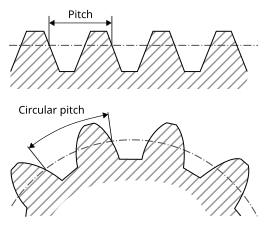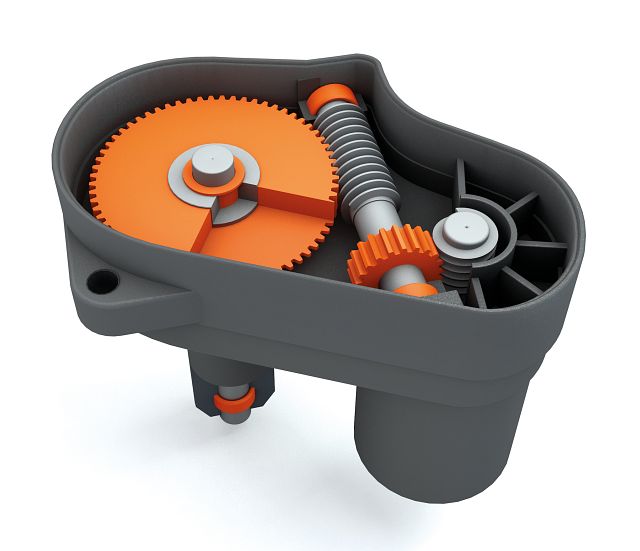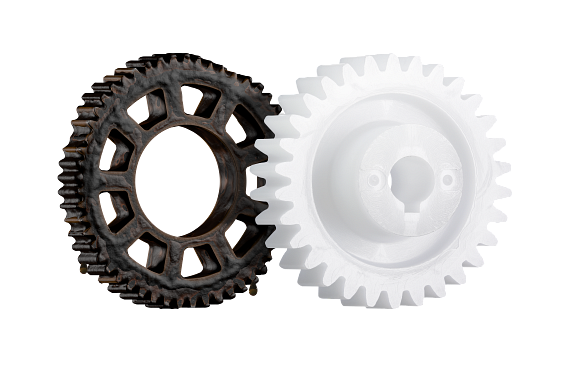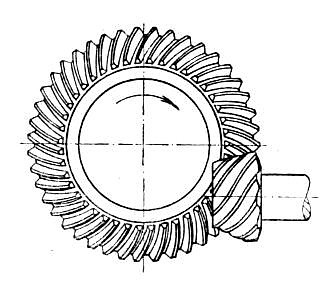Gear module: what is it and why is it important?
Gears are essential to the success of countless mechanical systems, from cars and watches to industrial machinery. At the heart of gear design lies a vital parameter: gear module.
This blog explores the concept of gear module, how it is calculated, and its importance in ensuring the efficiency and durability of gears in industrial applications.
What is gear module?
The gear module of a gear is defined as the ratio of the pitch diameter (d) to the number of teeth (z) of a gear. Gear module standardizes gear sizing, ensuring consistency in design and compatibility between gears with the same module.
The pitch diameter of a gear is the diameter of the pitch circle of a gear, which is an imaginary circle that crosses the pitch point of each tooth of the gear. This circle helps designers and manufacturers ensure proper meshing and engagement between gears.

How to calculate gear module
The basic formula for calculating gear module is as follows:

As an example, consider a gear with a pitch diameter of 60mm, and 30 teeth. Using the formula above would result in the following calculation:

In this example the module of the gear is 2 mm, meaning every tooth of the gear would span 2 mm along the pitch circle.
Diametral pitch
In places where imperial sizing is used instead of metric, diametral pitch is often used either as an alternative to gear module, or to find the gear module without using metric measurements. Calculating diametral pitch is very similar to gear module: the number of teeth (z) is divided by the diameter of the pitch circle (d) in inches.

Once the diametral pitch is calculated, the gear module can be found by dividing 25.4 by the diametral pitch.

Gear module can also be used to calculate diametral pitch by rearranging the above equation to solve for diametral pitch, as shown below.

The importance of gear module
Gear module plays a major role in both the manufacturing and performance of gears. By using standardized gear modules, manufacturers ensure gears from various sources can still fit together seamlessly. This allows for compatibility and interchangeability across systems.
Gear module also plays an important role in a gear’s strength, size, and functionality. Higher modules typically result in more robust gears, but will increase size and cost. On the other hand, smaller modules allow for more compact and intricate designs but may reduce load capacity.
Advantages of using the correct gear module
- Optimal gear functionality: Selecting the proper gear module ensures reduced wear and tear, increased efficiency, and a longer service life. It also minimizes operational friction, improving overall performance of the system.
- Cost-effectiveness: Using the appropriate gear module reduces maintenance costs and the need for frequent part replacements due to the improved performance described above. This results in better long-term financial outcomes for industries and businesses reliant on machines
Industrial applications of gear module
Automotive industry
Gear modules are essential in automotive transmissions and differentials, affecting speed ratios, torque delivery, and fuel efficiency. Proper module selection ensures smooth power transfer between the engine and wheels, contributing to optimal acceleration and vehicle handling.
Related: How does gear reduction work?

Industrial machinery
Gears are used in industrial machines such as conveyors, pumps, and CNC machines to ensure reliable power transmission. Gear modules play a role in determining the load-bearing capacity and efficiency, helping maintain smooth operation and minimal downtime.
Robotics
In robotics, gears are vital for precision movements. Gear modules help ensure that robotics arms and joints operate accurately with minimal backlash, crucial for applications like manufacturing automation and medical robots.
Aerospace industry
Aircraft landing gear systems, actuators, and control mechanisms use gears with precise modules to handle high stresses while maintaining smooth and reliable operation. Choosing the correct gear module ensures safety and performance under extreme conditions.
Wind turbines
Gearboxes in wind turbines rely heavily on gears to transfer energy from the rotor to the generator. Correct gear module selection ensures the system can withstand high torque loads while operating efficiently over long periods.

Marine applications
In ships and submarines, gears are used in propulsion systems and winches. Proper gear modules enhance durability and help with smooth operation even in harsh marine environments, contributing to longer service life with minimal maintenance.
Conclusion
As discussed, gear module is a critical parameter in designing gears, influencing their size, strength, and performance. Standardizing gear modules simplifies manufacturing, promotes compatibility, and enhances machine efficiency. Understanding how to calculate and apply the correct gear module can lead to improved gear functionality and cost savings.



